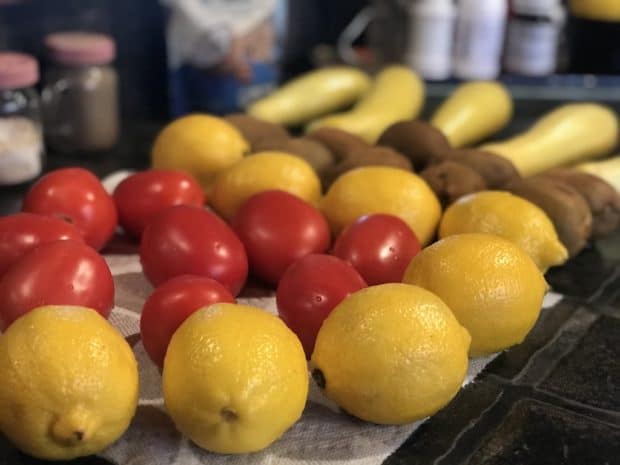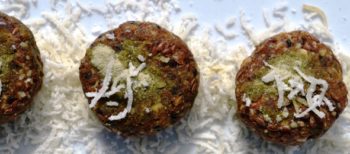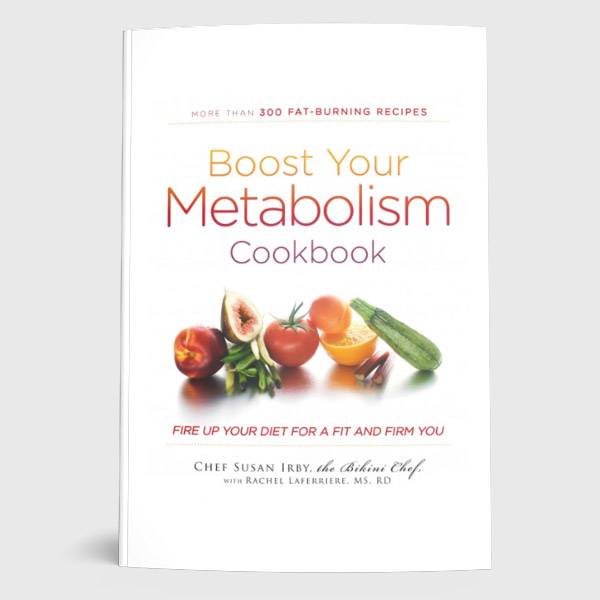Vibrant, Healthy, Nutritious Vegetables

Which nutritional powerhouses are right for you?
The message is still clear… eating fresh, vibrantly colored fruits and vegetables daily is good for you! Eating these fruits and vegetables helps prevent disease, illness, fight off the common cold, provide energy, contribute to glowing skin and hair. Prepare them in the simplest of forms without heavy cream sauces, excess cheese and fats. Eating fresh fruits and vegetables also helps keep away unwanted pounds.
Great way to include protein in your diet… Arbonne Vegan Protein Powder
Let’s take a look at some ways the green veggies differ from the orange and yellow:
The Green Vegetables
Chlorophyll, fiber, lutein, zeaxanthin, calcium, folate, vitamin C, iron, calcium, and Beta-carotene
The nutrients found in these vegetables help reduce cancer risks, lower blood pressure and LDL cholesterol levels. These nutrients can also help normalize digestion time, support vision health, fight harmful free-radicals, and boost immune system activity.
Great examples of Green Fruits and Vegetables
Artichokes, Arugula, Asparagus, Avocados, Broccoflower, Broccoli, Broccoli rabe, Brussel sprouts, Celery, Chayote squash, Chinese cabbage, Cucumbers, Endive, Green apples, Green beans, Green cabbage, Green grapes, Green onion, Green pears, Green peppers, Honeydew, Kiwifruit, Leafy greens, Leeks, Lettuce, Limes, Okra, Peas, Snow Peas, Spinach, Sugar snap peas, Watercress, and Zucchini
A few notes and side notes about leafy greens:
More commonly known for being found in the green colored veggies like spinach, beet greens and Swiss chard, oxalates are naturally occurring in a variety of foods. Some of these foods include cashews, black beans, and grain flours. Due to their prevalence, oxalates are not all bad. However, when a high concentration of oxalates occurs in a person that also has higher concentrations of calcium, kidney stones can form. One of the best ways to balance out the uptake of oxalates in the body is to emphasize balanced gut bacteria. Consume probiotic foods such as kefir, fermented foods such as tempeh, sauerkraut, or drink a probiotic supplement each morning. If you are prone to kidney stones or have a question about your health, consult your doctor first before making any changes to your diet.
Dark leafy greens contain high concentrations of vitamin K which naturally thickens the blood. If your blood thickness is being monitored by your doctor, be aware of how many leafy greens you eat. To reduce your intake of leafy greens, seek calcium-rich foods like beans, nuts, and seeds.
RECIPE: FRESH BRUSSELS SPROUTS SALAD
Orange and Yellow Veggies
Orange and Yellow vegetables look so appealing!! I love vibrant colors in my foods. No surprise there, my mom taught me that “a colorful plate is a healthy plate”. And at 83 years young, she still makes sure there are vibrant food colors, fresh foods in our meals every day. Healthy nutritious vegetables have been a part of our family dinners throughout my entire lifetime.
The Orange and Yellow vegetables:
Beta-carotene, zeaxanthin, flavonoids, lycopene, potassium, and lots of vitamin C
Studies show that these nutrients play a role in reducing age-related macula degeneration. As well, nutrients in these foods can help reduce the risk of prostate cancer, lower LDL cholesterol and blood pressure. Further, nutrients in these foods help stimulate collagen formation, healthy joints, fight harmful free radicals, encourage alkaline balance, and work with magnesium and calcium to build healthy bones.
Great examples of Yellow and Orange Fruits and Vegetables
Apricots, Butternut squash, Cantaloupe, Cape Gooseberries, Carrots, Golden kiwifruit, Grapefruit, Lemon, Mangoes, Nectarines, Oranges, Papayas, Peaches, Persimmons, Pineapples, Pumpkin, Rutabagas, Sweet corn, Sweet potatoes, Tangerines, Yellow apples, Yellow beets, Yellow figs, Yellow pears, Yellow peppers, Yellow potatoes, Yellow summer squash, Yellow tomatoes, Yellow watermelon, and Yellow winter squash
Each of these foods provide significant sources of fiber which is essential to releasing fats and helping to keep the body in good working order. Remember, the keys to a healthy bikini diet, the PFFs – lean proteins, high fiber foods, and healthy fats.
Want to learn about RED fruits and vegetables? We will explore that in an upcoming page.

















